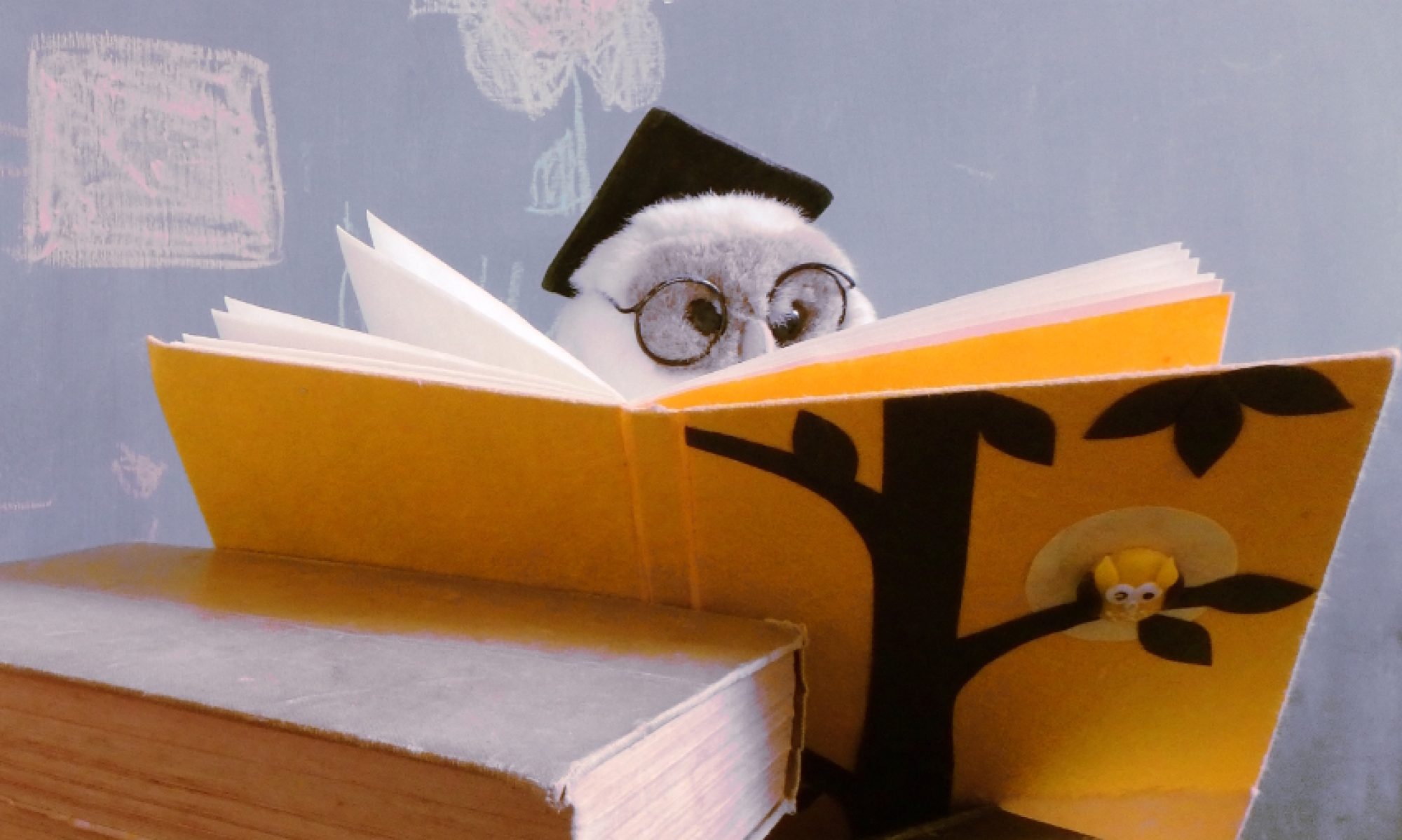It all started with a sale: the local supermarket was selling garden beds at a rock-bottom price. We’d been talking about making our own vegetable garden for over a year, and even living in an apartment wasn’t going to stop us forever. Hope springs eternal and all that . . .
We’ve Got Some Space
The thing is, there’s an abandoned small area of common space in our apartment block – for years it was a lovely desert of rocks and weeds. No one cared for the space, so we asked and suddenly had a small, extremely narrow bit of rocks, clay soil and weird plastic sheeting. We were two brown-thumb gardeners and a toddler with a lot of enthusiasm. With a little help from some of the other residents and our extended family, we planted unkillable plants – mostly geraniums, agapanthus and a few stray plants that self-seeded.
It’s been happy doing its own thing now for a couple of years and has become extremely lush, but it’s a little . . . inedible. We wanted to expand, grow some plants that we could eat, and add a bit of practical biology to our homeschool. We wanted our city-kids to understand how food grows, what it looks like and how to take care of ‘baby plants’. It was a plan, of sorts.
Over the years, we’ve had some weird things just grow – peppermint, lavender and an enormous nectarine tree, courtesy of someone’s left-over lunch hurled over our fence, as well as some very lovely unidentified trees, and a lumpy succulent that C picked up from the clippings at one of the local parks when he was a toddler. Every now and then we’ve also been given plants – chives, strawberries, even a few rose bushes.
But the soil is still mostly, er, rocks. And every time we dig a hole, we’re sure to find half-smashed bricks and broken glass. Not the best soil for growing vegetables.
We Have a Frame . . .
And then we had that sale. Suddenly, we were the the proud owners of a few pieces of metal garden-bed frame. But what to do now?
Well that’s when the lessons started. How much soil would we need? Where to put the frame . . . and what to plant? C helped me with the maths, and we realised we were going to need a lot of soil . . . and that was going to take a few trips when you do it on foot. It was going to take a few days to buy enough soil and carry it home.
As well, we quickly learned, even once the garden bed was full of soil, we couldn’t plant for at least a week. All hope seemed lost for a quick garden bed . . . until we realised we needed to grow some seeds into seedlings first – we had another plan!
Seedlings and Trays
The first thing was to create some seed trays. I found some old long-life milk containers in the recycling bin, and the kids had fun cutting them in half, and spilling rice milk onto the kitchen floor. After a quick wash, (children and cartons) the containers were ready for soil. We had a few patches of good soil with lots of organic matter in the garden, which would do for a first experiment. Though not ideal, we scooped the dirt into little containers – C enjoyed marshaling the whole exercise to make sure all our containers were filled, though he left the stone-removal to me!
Then it was time to make some seedling signs. We had cucumbers, strawberries and nectarine seeds (from our last nectarine harvest). A few paddle-pop sticks, some small cards, scissors, sticky tape and some textas later, and we had a set of hand-made signs. C used words, and J drew some adorable pictures, most of which had some passing resemblance to our seed collection – I think she is hopeful that putting up a blueberry sign will grow blueberries.
Then it was time to plant the seeds. I pushed little holes in the dirt, and the kids took turns planting the seeds. J preferred planting the cucumbers, because the seeds were nice and big.
After that, J filled her toy tea pot and the seed containers were well soaked, possibly somewhat flooded. Then it was onto our lovely North-facing window-sill for a few sunny weeks.
Youtube to the Rescue




Our Youtube video watching did come up with a surprise – we’d planted our nectarines the wrong way! C found this particularly stressful – but the solution was to hit our seeds with a hammer to get them out of their shells. With a few OT calming techniques, he was ready to watch Mummy bash seeds with a (very clean, he insisted it needed to be washed) hammer. We now had 4 seeds from 5 shells (alas, one was empty).




- One seed in a proper seed mix, with a plastic lid
- Two seeds in a milk container with microwaved and chilled garden soil (to kill bugs, and sadly a worm)
- And one seed wrapped in a damp piece of absorbent paper in a sealed zip-lock bag, placed in the sun.






